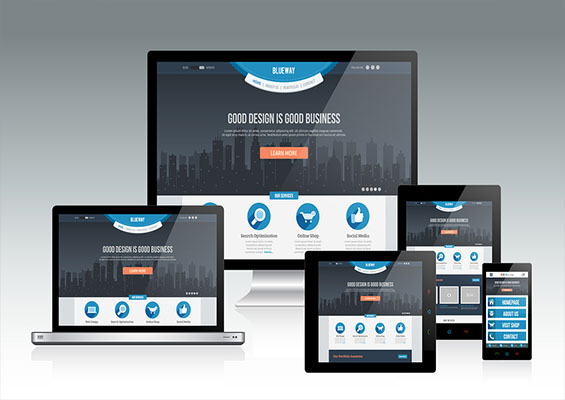Are you making use of these Social Metrics to promote your Marketing Campaign?

At one point in time, social marketing or social was never a major part of any marketing strategy. Many a times, organizations unwillingly pooled in a small proportion of their budget without really investing their time in knowing the underlying agenda of social marketing. But as anyone immersed in the upcoming development of the industry knows, those days are completely gone.
Thanks to progressing technologies and advanced analytics, social is now the medium of choice for customers and leads who want to engage with brands. By the end of 2018, social will play a huge role in shaping out most marketing campaigns.
However, for a marketer to be successful in social marketing, they would be required to measure certain social metrics listed below:
- Volume:
Measuring volume as a social metric is more than just counting the number of tweets and wall posts on social media. Besides, it includes the measurement of the size of the conversation about the brand or campaign, customer responses and feedback.
Though this social metric is simple, it has the potential to shape campaigns to suit customer preferences. It is essential to keep track of the customer responses and messages shared on social media platforms to get a better understanding of the product or service performance.
- Relevancy:
Social metrics are bound to change every now and often, and ensuring that content is seen by prospects and new customers only seems to get difficult. A great way to make sure that social media posts are getting the largest reach possible is to make them relevant.
For instance, Facebook rates paid content posted on the platform. The rating is on scale of 10 and once a post has accumulated 500 or more impressions, a marketer is assigned a score based on consumer responses such as – how much was post viewed, likes, emotions and comments, shared and reported.
Keeping a tab of these posts helps marketers to publish more relevant and useful posts concerning the needs and values of customers.
- Consumer response to videos uploaded:
Visual content has always been highly preferred to written or audio content. Videos are the most powerful marketing weapons in social media. Measuring the views a video gets is very crucial to understand the performance and standards of the video campaign.
Likewise, measuring video views can be worthless as social media platforms such as Facebook consider three seconds as a “view”. Therefore, it is clear that a marketer should be far more equipped with sophisticated analytic tools to determine the success of video posts.
Apart from measuring the total and average minutes of a video watched, the dwell pattern of customers can also enlighten marketers about how engaging the content is.
- Post-click rate of conversion:
One of the major objectives of social media posts is to direct potential prospects to the website for them to enter the sales cycle. But by just observing post clicks isn’t going to determine whether consumers will visit the website. What really matters is what happens after the customer clicks on the post.
If the customer is only clicking and not purchasing the product or service, it shows that no progress has been achieved. This also reveals how effective the post is and the impact it has on consumer mind-set.
Social metrics vary from business to business based on their individual priorities and objective, but keeping a track of these basic social metrics will help companies understand their consumers on a greater level.




